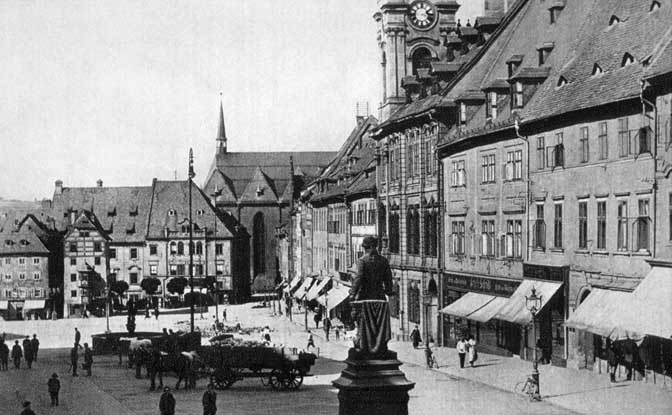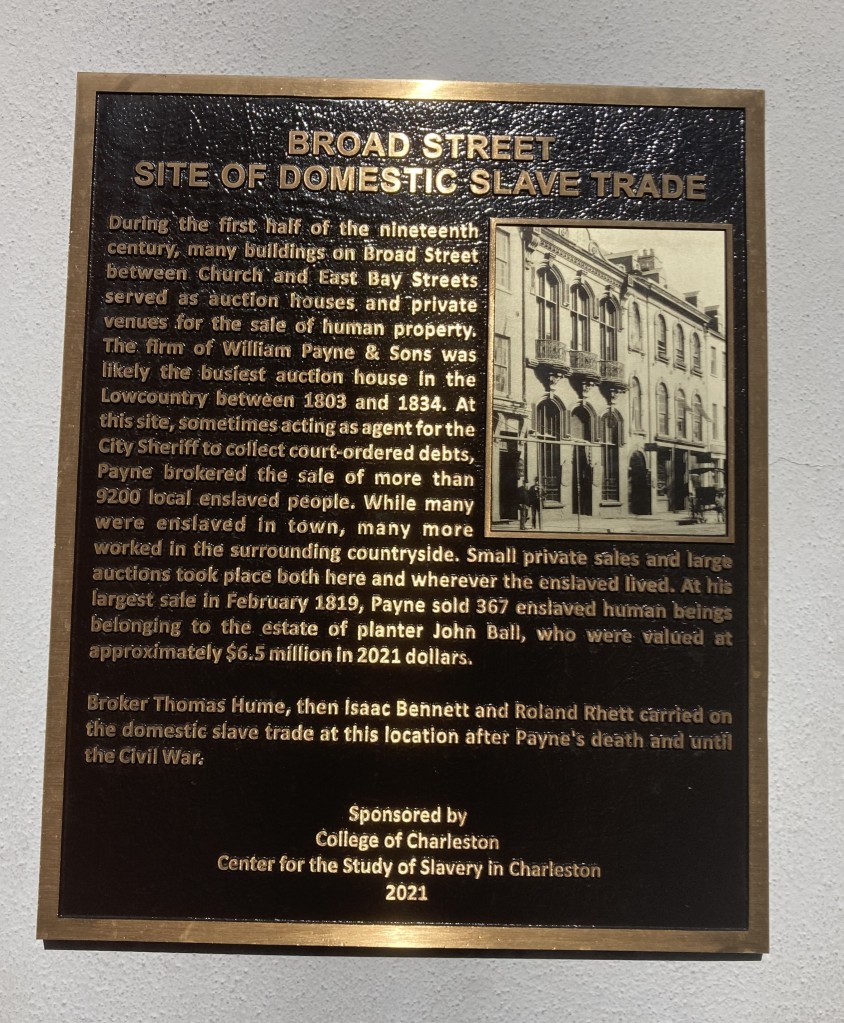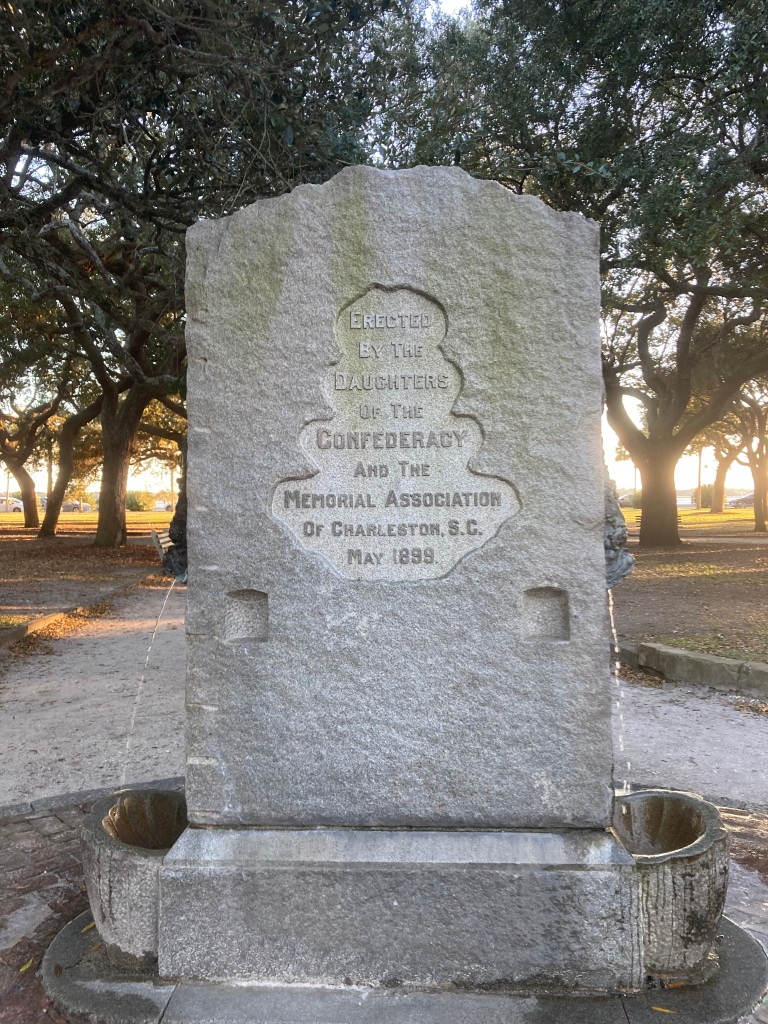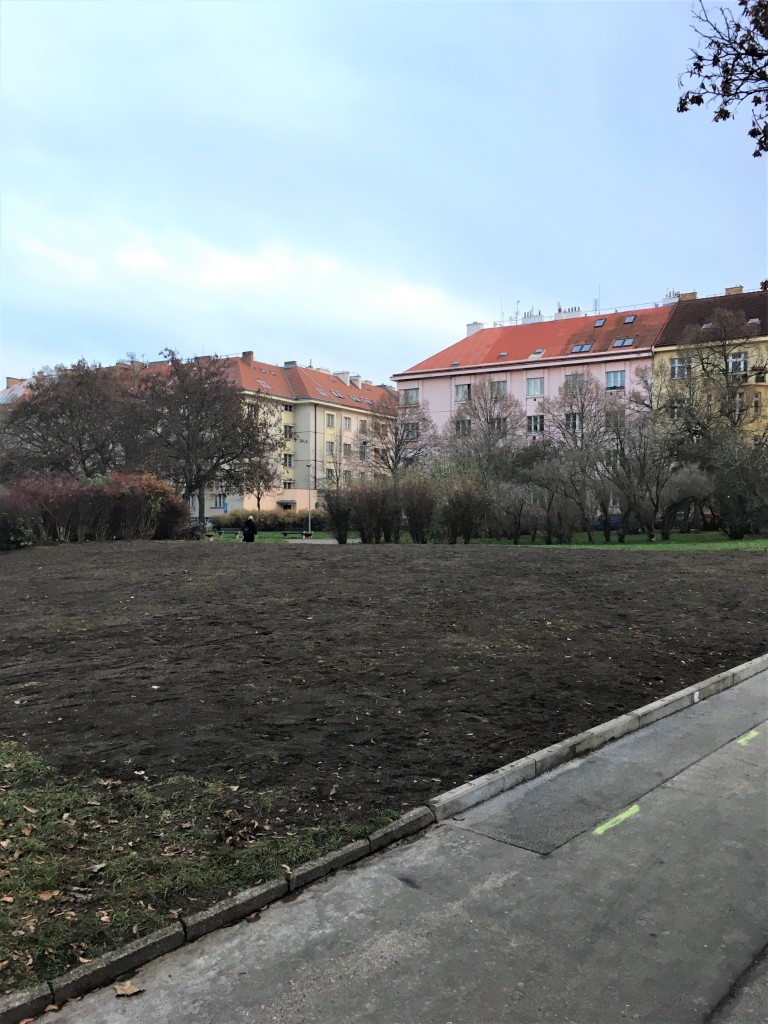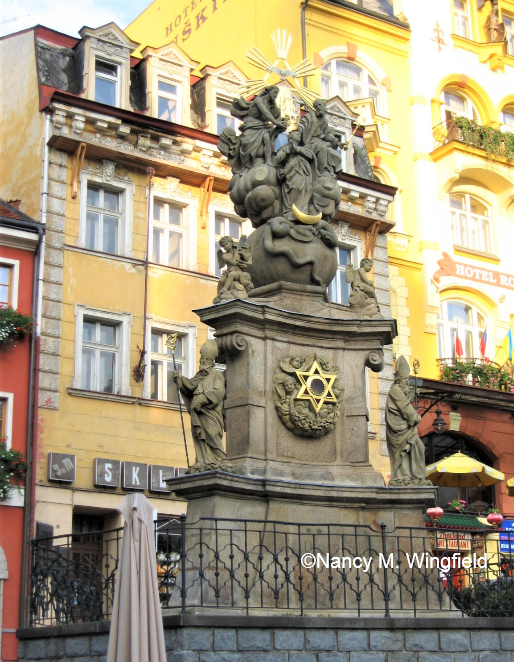
Statues of Habsburg Emperor Joseph II, that is. I’m not sure when I first became interested in Joseph II, the statue, not Joseph II, the man. It was sometime in the early-to-mid 1990s, and I suspect in Cheb, formerly Eger, in far western Bohemia. I have a vague memory of seeing him, one armed and lying in the mud in the back garden of the district archive there, when I was in graduate school. When I returned to Cheb in the mid-1990s, I returned to the back garden. There he stood on a make-shift pedestal, joined by a bunch of stray communists, until 2003, when members of the local Rotary Club had him repaired and moved to Františkovy Lázně, where he now stands on a very nice pedestal before one of the local spas, Dvoranou Glauberových. His right arm has yet to be replaced. More on that arm later.

I’ve written about Joseph II more times than I can count. Well, maybe not more than I can count, but often enough. And, while I may be sick of the reforming enlightened absolutist, the “People’s Emperor” who ruled alone for only a decade in the late eighteenth century, and who couldn’t mind his own business, I’m not sick of running into statues of him. I only noticed the Joseph II who stands in one of the courtyards of the University of Vienna campus last June. That he’s there makes sense: it’s the site of the former Vienna General Hospital that the Emperor founded in 1784. The inscription is simple enough: “Josef II.” No idea how long he’s been there.
Joseph II busts and statues still dot the Lower Austrian countryside. They sprang up throughout the Bohemian Lands and Lower Austria beginning in the 1880s as part of the informal, liberal “Joseph II Movement,” and were meant to commemorate the centenary of abolition of serfdom in November 1881. No other Habsburg figure became such a ubiquitous part of the built landscape and so much a part of collective memory as Joseph II. The statues, often holding one or another of the Emperor’s modernizing patents in their right hands, quickly became political flashpoints in Czech-German battles for control of public space in the Bohemian Lands. German nationalists made increasingly explicit “German” claims on the people’s emperor in various ceremonies and commemorations, sometimes, even, protests at the statues. Joseph II became a “site of memory” of a mythic golden German past in the Monarchy.
This past June, I met Dacia, my Czech partner in crime, in Gmünd on the Austrian side of the border. We couldn’t leave Austria for České Velenice, which was taken from Lower Austria under the Treaty of Saint Germain in 1919, until we’d visited the Joseph II bust in the Schlosspark, where the inscription lauds him as the “Esteemer of Humanity.” Then we drove about ten feet to cross the border…
Many of the early Joseph II statues looked very much alike. Why was this, you might ask? Like many American Civil War monuments, they were products of the nascent monument industry. Designed by an engineer and available by catalogue, they could be scaled down, metal clad, or otherwise modified. So many of them were unveiled in the early 1880s that their production was something of a sideline for the Fürstlich Salm’sche Eisenwerke in Blansko, Moravia, which was better known for producing award-winning steam engines.
Like the monuments themselves, their inscriptions were also similar, often lauding Joseph II as the “esteemer of humanity.” The Germans who unveiled them in the Bohemian Lands, however, more often lauded him as the “esteemer of Germandom,” in their speeches. The inscriptions on some later monuments reflected this attitude. Nationalist Germans used the statues, where they often met before going off to do battle with Czechs, to lay exclusive claims to increasingly ethnically mixed territory. The Czechs sometimes responded by attacking Joseph II statues during times of Czech-German tension.
After more than a generation of increasing Germanization of Joseph II, it’s no surprise that many statues fell victim to Czech nationalists in the so-called Statue War of autumn 1920. Their pent-up anger over years of German nationalist deployment of Joseph II monuments boiled over shortly after the second anniversary of Czechoslovak independence on 28 October 1920. Although it wasn’t the first volley in the Statue War—that was fired in Teplice—the Czech attack on the Joseph II statue in overwhelmingly German Cheb and the residents’ response had repercussions across the Bohemian Lands.

(Postcard in the Author’s Collection)
In the wake of the First World War, local Czechs had sporadically attempted to vandalize the statue, which stood in Market Square. Their attacks had been foiled, but had proven such a nuisance that the central authorities in Prague suggested that city council members move the statue to the local museum. This didn’t happen. What happened was a series of skirmishes beginning on November 13, two days after the events in Teplice. It started when a Czechoslovak military band marched through Cheb disrupting German residents who were protesting government taxes on food. The Germans hurled insults at the band members, most of whom quietly retreated. Back in their barracks, however, the soldiers resolved to retaliate. Sometime after midnight on November 14, some 200 armed soldiers stealthily moved into the empty square, overpowered the watchman, and knocked Joseph II off his pedestal, breaking his right arm. The courageous watch still sounded the alarm and within minutes the square was filled with Germans coming to rescue “their” emperor. Although unrest, including violence on both sides, continued throughout the night and into the following day, by dawn, Joseph II, now one armed, had been restored to his pedestal. (You can find images of the restored emperor in all his glory at http://encyklopedie.cheb.cz/cz/encyklopedie/pomnik-josefa-ii.).

Teplice, Northern Bohemia (Late 1990s)
The fate of the Joseph II statues was finally settled in the mid-1920s, after the Czechoslovak parliament passed the Law for the Defense of the Republic. It called, among other things, for the removal from public view of statues, inscriptions, and memorials of anti-state character or of members of the Habsburg family. Some of the statues were hauled off to museums. The statue in northern Bohemian Ústí and Labem survived the Czech nationalists of the First Republic, but not Nazis of the Sudetenlands, who had it melted down for the war effort. What of the Teplice statue, whose removal had started the whole Statue War? It was moved from its pedestal before the city hall to the courtyard of the museum. It is said to have survived the Second World War, after which time the statue went missing. All that remains of the five-meter Emperor is the base, which shortly after 1989 was turned a memorial honoring the “executed, imprisoned, and oppressed under the communists.”
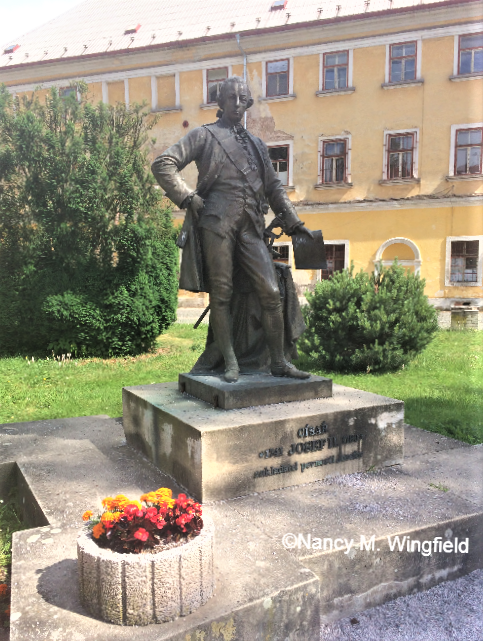
Eastern Bohemia (2016)
Since the Velvet Revolution, Czechs have thought better of the wholesale banishment of Joseph II and re-instated some of the surviving statues, if in a different context, and with new inscriptions. He is most often designated an “enlightened absolutist,” although the inscription on the statue at Josefov honors him as founder of the fortress that bears his name.
Local German speakers unveiled a large monument of Joseph II in Brno, the capital of Moravia, in 1913. It stood in the square before the imposing German House (Deutsches Haus). Local Czechs dispatched it, even before the Statue War, in September 1919.

Although the stone portions of the Brno monument were sold off or otherwise disappeared, the bronze figures survived. They were found in the old slaughterhouse shortly after the Second World War. Since 1988, Joseph II himself has stood in the garden of the Psychiatric Hospital in Brno-Černovice, while the two life-sized allegorical figures representing trade and tolerance that flanked him long sat in a green area near St. Peter and Paul Cathedral. They were moved in 2003 to Lužánky, the oldest public park in the Czech lands. The Emperor had donated the land for the park, formerly belonging to the Jesuits, after the abolition of the order in 1783.
So, what is it about these statues that interests me so much? Joseph II, contrarian busy body that he was, played a vital role in increasing rights of his subjects and modernizing the Habsburg Monarchy. I like the challenge of finding remnants of his memory in the Czech Republic. In the days before there were images of almost everything on the internet, so, before the early 2000s, the search for his remains was dependent not only on my own sleuthing, but also on practicing my Czech on poor, unsuspecting locals, most of whom were happy enough to help.












